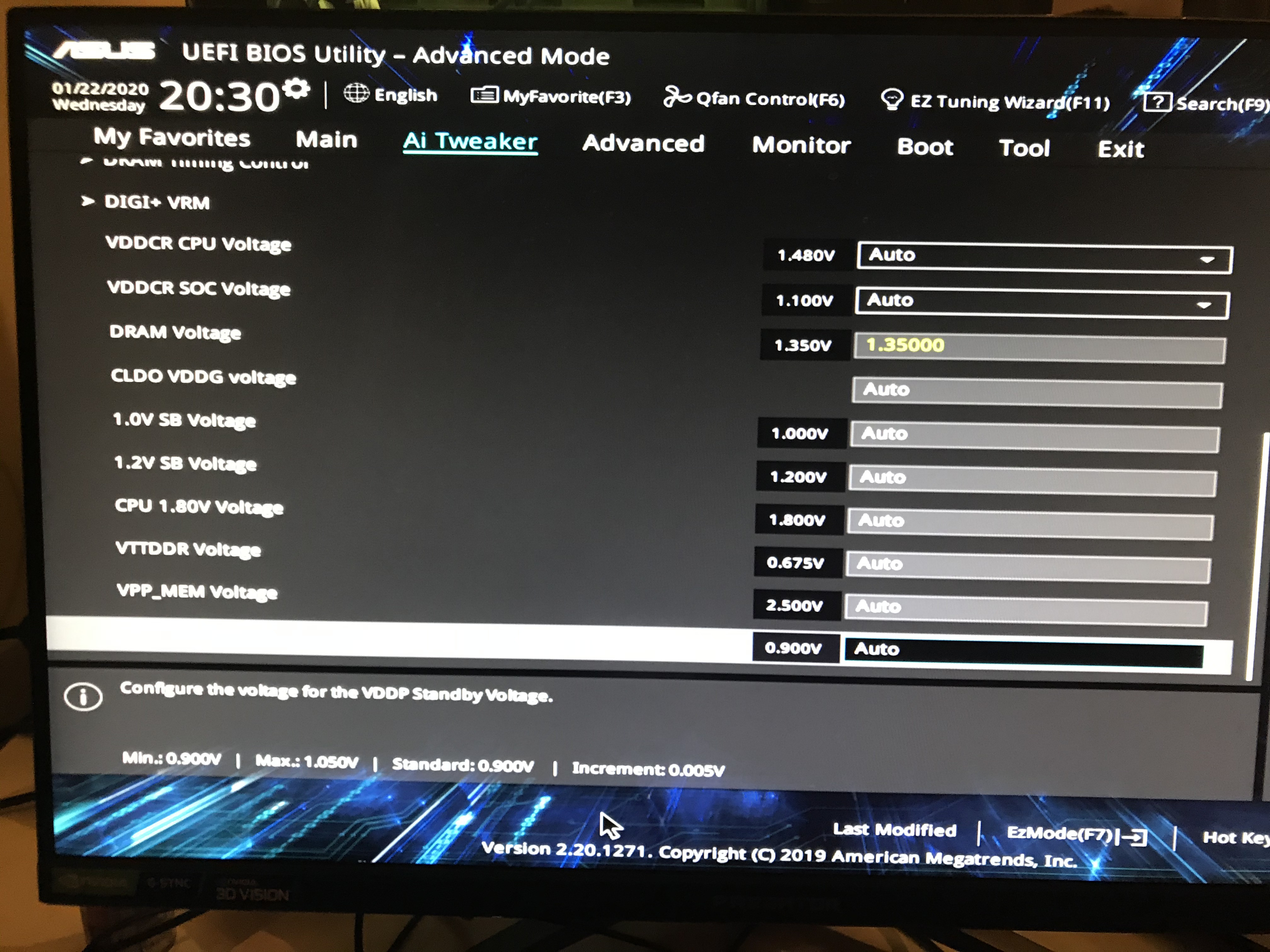I have an Asus Prime X570-Pro and a Ryzen 3800X and I'm wondering if I'm using the proper settings for this CPU. I have Asus AI Suite 3 and Ryzen Master installed but both of those programs are to set to default so they're not altering any system settings; I just use AI Suite 3 to control my case fans. Also, all of the settings on my motherboard are to default except that XMP is enabled and DRAM voltage is manually set to 1.35 volts.
My build:
Asus Prime X570-Pro
Ryzen 3800X (Stock cooler installed)
Asus STRIX RTX 2080 Super
2 x 8GB G Skill Trident Z Neo 3600 Mhz
Corsair MP600
Corsair RM750x
*As far as cooling goes, I have 7 case fans in a Corsair 760T case.

My build:
Asus Prime X570-Pro
Ryzen 3800X (Stock cooler installed)
Asus STRIX RTX 2080 Super
2 x 8GB G Skill Trident Z Neo 3600 Mhz
Corsair MP600
Corsair RM750x
*As far as cooling goes, I have 7 case fans in a Corsair 760T case.


